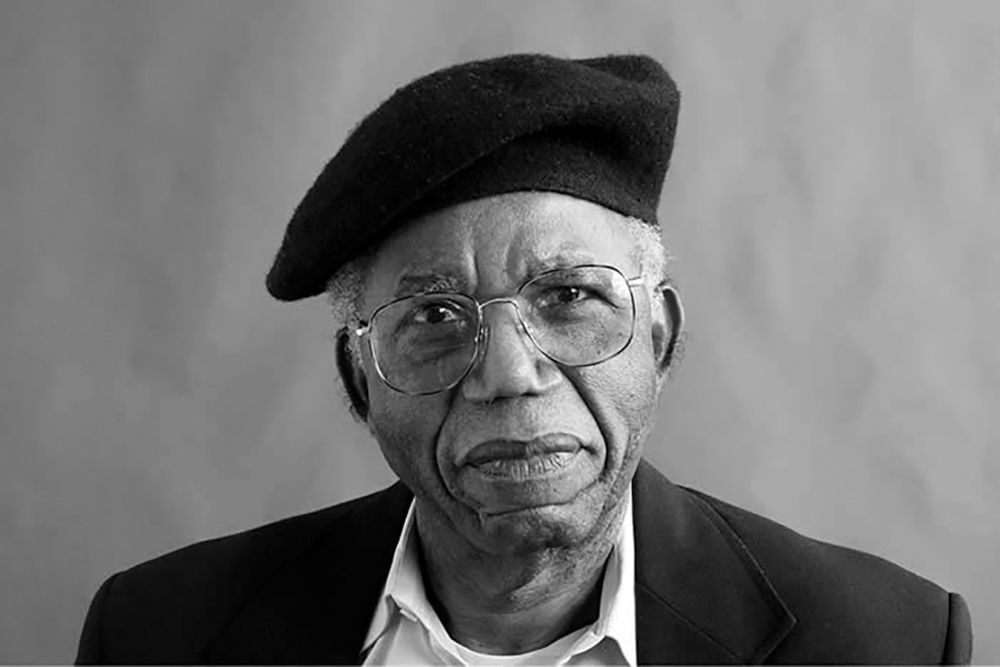Throughout Naguib Mahfouz novel “The Thief and the Dogs” a apparent motif that occur throughout the novel is the implementation of embedding a stream of consciousness narration, that is; a literary style where the characters thoughts and feelings on the conflict of the story is expressed and shared, acting as a monologue for the characters internal thoughts. This technique can help express many characteristics and it certainly does when discussing Said Mahran. The blog post will explore the methods in which Mahfouz takes to try and adopt the stream of conciseness technique and the effects it has when being presented to the readers. Furthermore, it will identify how the use of-of such a modernist narrative technique contributes to the reader's experience of raw and innermost thoughts.
Said Mahran is certainly a more distinguished character than other “protagonists” that have been in other novels. In some sense, Said Mahran plays the role of both the protagonist and the antagonist of the story. Obvious themes that recur in the novel are vengeance, anger, and resentment, however, this is identified through the plot, but is further developed through Said’s internal thoughts. From the very start of the play, we are able to identify what Said is thinking about every situation he is in. Naguib Mahfouz purposely embeds the stream of consciousness technique in almost every chapter to further characterize this complex character who is struggling to come to terms with the new world around him, his obsession to seek vengeance on those who've done him wrong in the past catches up with him as his failure to overcome his past results in his inevitable downfall. Through the novel, the audience is exposed to the raw and true Said Mahran, and this is done through the embedding of the stream of consciouses technique, an example of this is when Said Mahran discusses his deep resentment for his ex-wife Nabbawiya and her new husband (and his ex-partner) Ilish Sidra “ “Nabawiyya. Ilish. Your two names merge in my mind...You'll be watching now, but I won't fall into the trap. At the right moment, instead, I'll strike like Fate” This specific quote was taken from chapter one, but its significance as many readers were now informed on what Said’s mindset was, and this was due to the internal thoughts of Said being presented. Moreover, another quote “ And what about my wife and my fortune, you mangy dogs! I'll show you. Just wait. How I'd like to see how the look you'll have in your eyes. It would give me respect for beetles, scorpions, and worms, you vermin. Damn the man who lets himself be carried away by the melodious voice of woman._ But Said nodded in agreement” Not only does this further characterize Said as an angry individual who allows his emotions to influence his decisions, it also helps further develop the main themes of the novel.
The Novel the Thief and the Dogs was written after the Egyptian revolution, as a result; Naguib uses the stream of-of consciousness technique to try and express Naguib Mahfouz’s own perusal feelings through using Said Mahran; an aspect that epitomizes an individual who cannot come to terms with the paradigm shift that is taking place under Egyptian society under Nasser Regime
The use of the stream of consciousness technique in the novel the Thief and the Dogs is vital in Naguib Mahfouz novel as it helps characterises the character of Said Maher, when relating this to the similar manner taken and embedded by “Things Fall Apart” author Chinua Achiba who share the similarity of using their protagonist to show their inability to come to terms with the shifting of political, social and socio-economic aspect in their world.


Very well written and insightful Basel! Your emphasis on the characterization of Said Mahran through the use of stream of consciousness was very explicit. To further expand on this, it would be beneficial to compare Mahfouz's characterization of Said and Achebe's characterization of Okonkwo based on narration. Since Achebe employs third person narration while Mahfouz employs third person narration as well as stream of consciousness, the readers are exposed to the flawed protagonists differently, under distinct spotlights. A biased narrative is approached through Said's character, as the readers have access to his thought process, allowing them to sympathize for Said, while an unbiased point of view on Okonkwo is projected due to Achebe's neutral approach of characterization, causing the readers to have lack of sympathy towards Okonkwo.
ReplyDeleteWow man great story
ReplyDelete